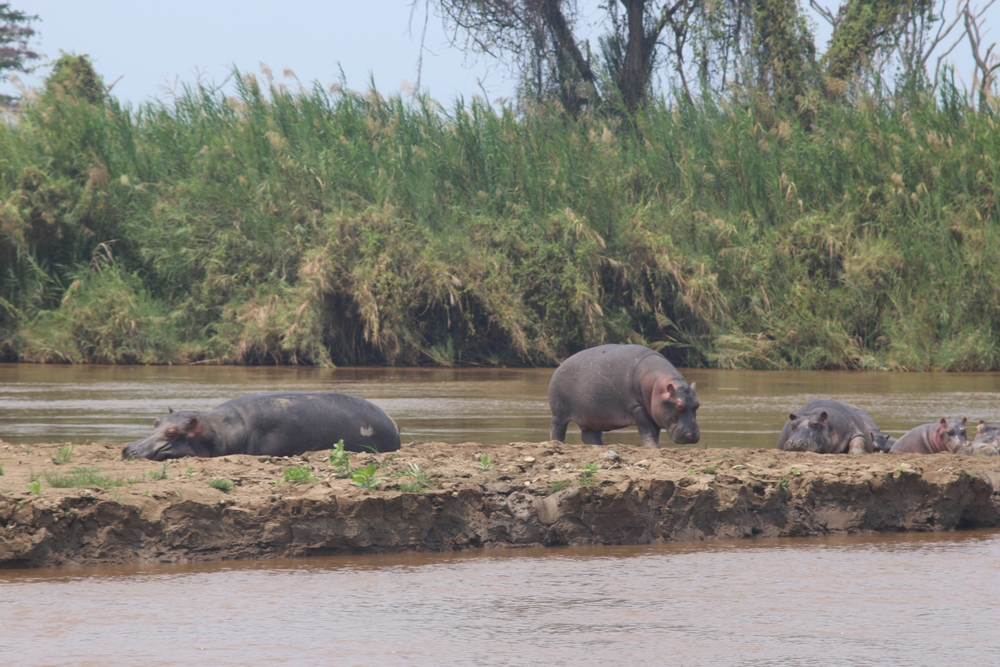Rusizi Overview
Rusizi National Park, known locally as “Parc National de la Rusizi,” is a prominent protected area in Burundi, situated approximately 15 kilometers (9 miles) northwest of Bujumbura, the nation’s largest city. Established in 1980, the park encompasses the expansive Rusizi River and its delta as it flows into Lake Tanganyika, creating a diverse ecosystem of wetlands, savannas, and riverine forests.
The park’s landscape is characterized by the meandering Rusizi River, which forms a dynamic delta with numerous channels, small islands, and papyrus-lined banks. While Rusizi National Park does not feature significant mountains or large waterfalls, its flat floodplains and reed-lined waterways offer a serene and picturesque environment. The confluence of the Rusizi River and Lake Tanganyika provides stunning vistas, especially during sunrise and sunset, making it a favored spot for photography and nature walks.
Rusizi National Park is renowned for its rich biodiversity. The park is home to a variety of large mammals, including hippopotamuses, which are frequently observed wallowing in the river and its tributaries. The park also hosts populations of crocodiles, buffaloes, and antelopes. The elusive sitatunga, a semi-aquatic antelope, is another notable species that inhabits the park’s wetlands.
Birdlife is abundant, with over 200 recorded species, making it a haven for birdwatchers. Notable avian species include the cisticola, Sharpe’s pied babbler, red-chested sunbird, Angola weaver, Baglafecht weaver, and the yellow-browed cisticola.
Conservation efforts in Rusizi National Park have been pivotal in preserving its natural heritage. The park was established to protect the hippos that thrive at the Rusizi River delta, as well as other wild animals in the area. Authorities have implemented anti-poaching measures and habitat restoration projects to protect endangered species and maintain ecological balance. Collaborations with international conservation organizations aim to enhance conservation strategies and promote sustainable management of the park’s resources.
Visitors to Rusizi National Park can engage in various activities, including guided wildlife safaris, bird watching, and boat trips that explore the course of the river. The park’s serene environment offers opportunities for photography, with the confluence of the Rusizi River and Lake Tanganyika providing stunning vistas. While the park is relatively close to Bujumbura, it offers a tranquil escape from the city’s hustle and bustle. The best time to visit is during the dry season, from June to September, when wildlife is more easily observed near water sources.
In summary, Rusizi National Park stands as a testament to Burundi’s commitment to conserving its natural ecosystems. Its diverse landscapes, abundant wildlife, and ongoing conservation initiatives make it a vital sanctuary for biodiversity and a compelling destination for nature enthusiasts seeking to explore the unspoiled beauty of East Africa.












































































